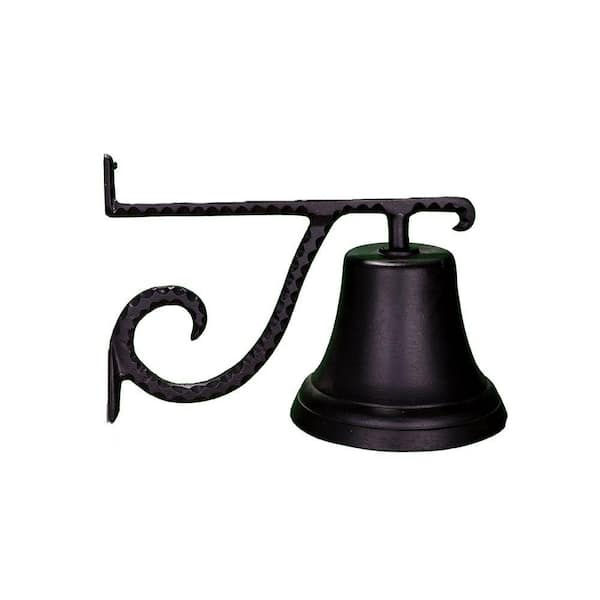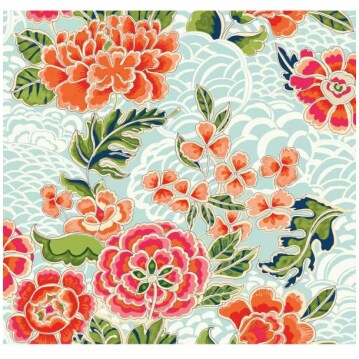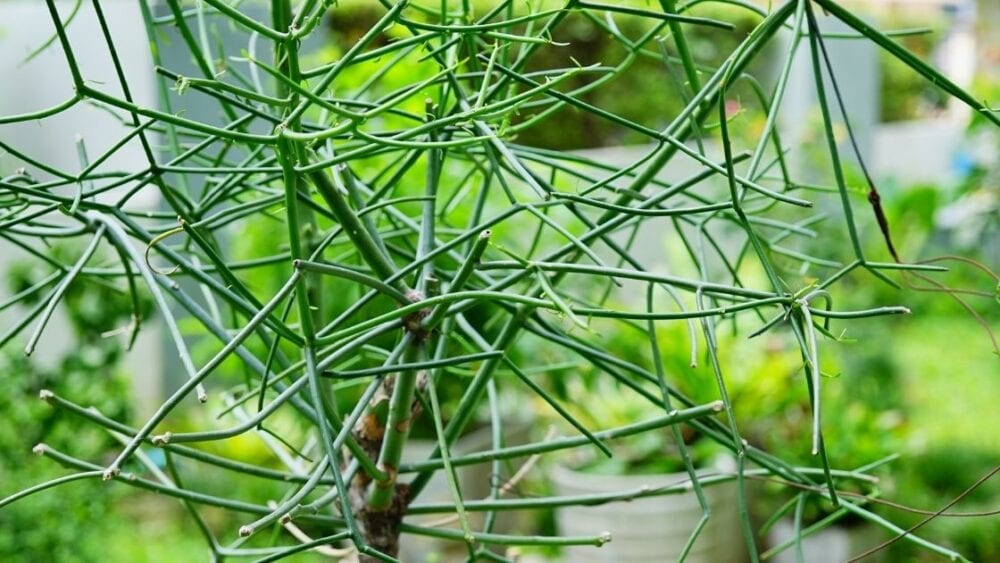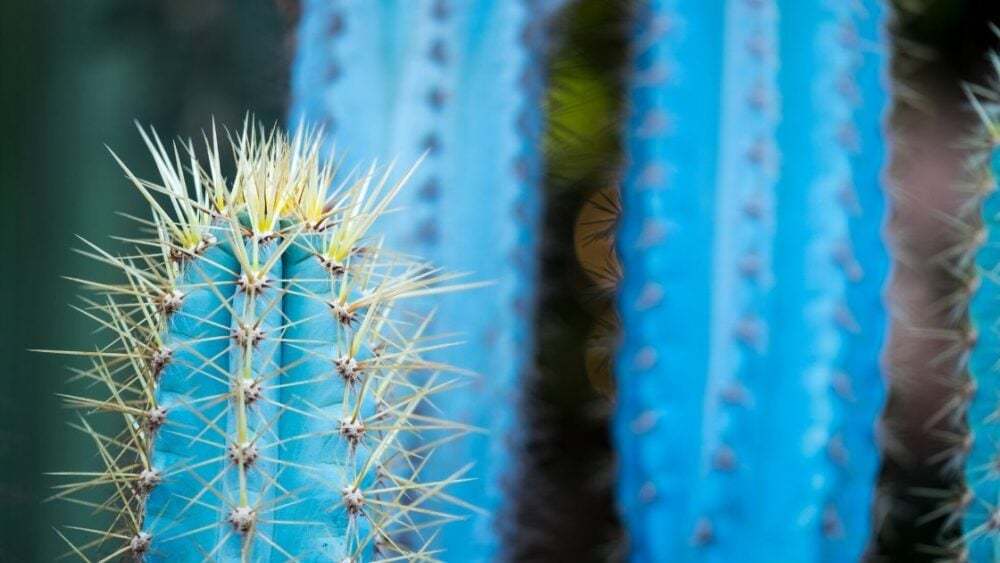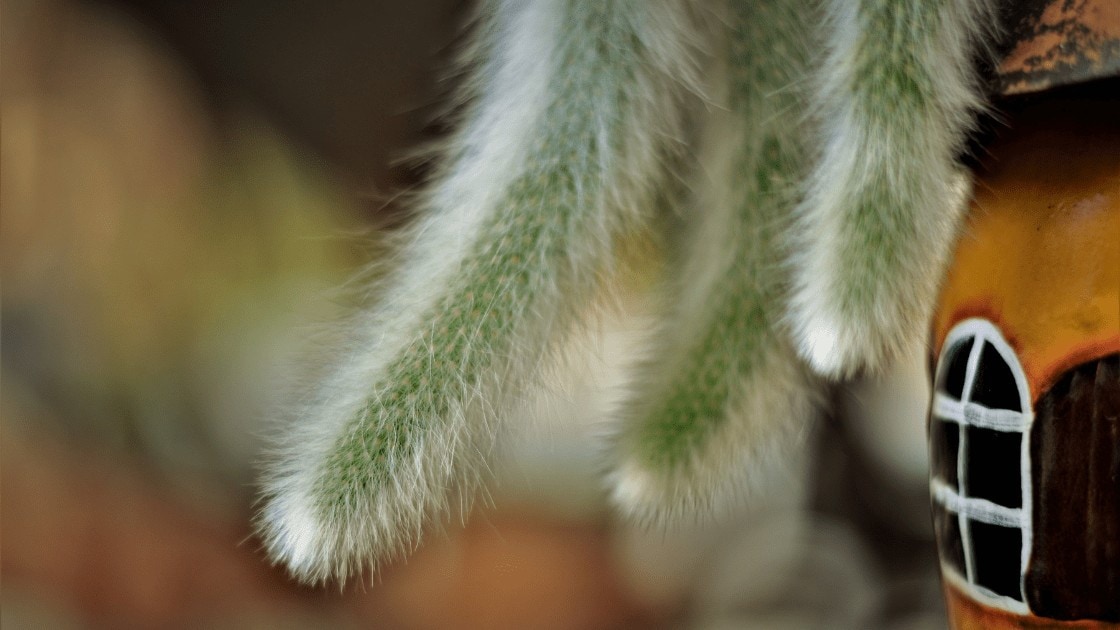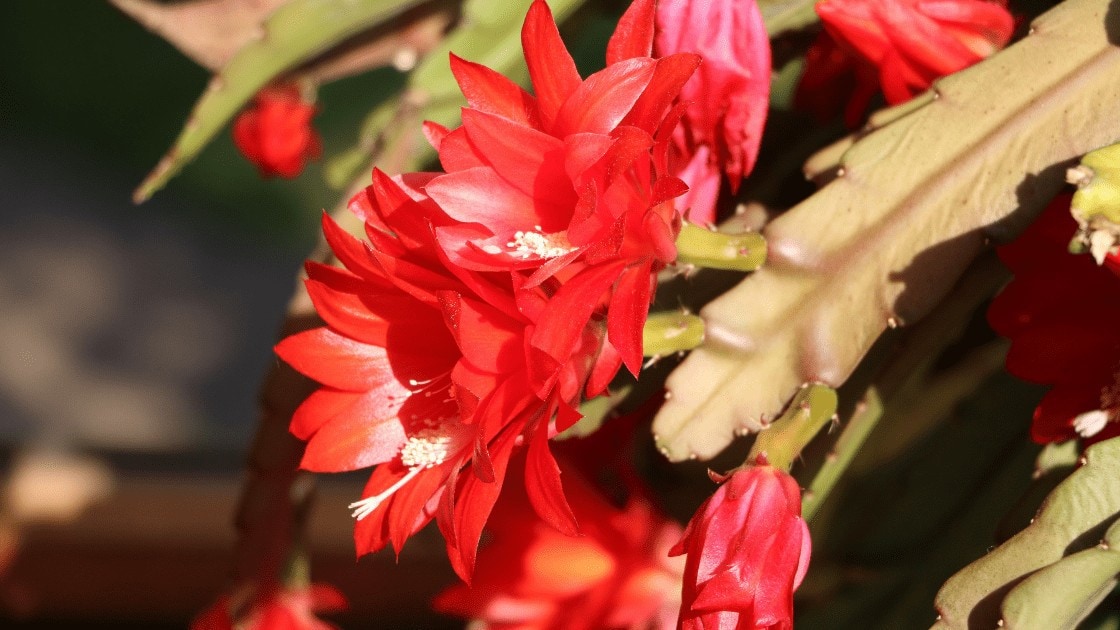
Plant terrariums are a tiny indoor version of a whole outdoor ecosystem – they are a great way to combine your gardening hobby with home decoration and to create a visually-pleasing miniature garden right in your living room!
There are many types of indoor terrariums – the simplest ones consist of a glass container filled with a suitable substrate in which a wide variety of plants can thrive. Others are tiny closed greenhouses which mimic the natural, self-sustaining rain cycle and conserve most of the water contained in the enclosed space.
The most important element of any plant terrarium is the lighting – it’s the sole source of energy for the whole miniature ecosystem. Because indoor plant terrariums are usually small, providing sufficient light intensities by using artificial lighting is very easy and doesn’t require very powerful lights.
Browse our Affiliate Products
Using natural sunlight diffused through a window is another option, but it’s not always the best one because it can lead to overheating problems. In the following paragraphs, we’ll explore the differences between natural and artificial lights and will help you achieve the perfect light intensity for your indoor terrarium. Let’s get started!
Why Is Proper Light Intensity Critical For Open and Closed Terrariums?
It can be very easy to misjudge the amount of light a plant receives – your eyes adapt very well to different light intensities, creating the illusion that a bright living room has light intensity similar to the outdoors.
Unfortunately, this is very rarely the case. Even a very bright room usually has a light intensity of no more than 200-300 lux. The absolute minimum for most plants is 1,000-5,000 lux with 20,000-40,000 lux being optimum for growth. Many living rooms receive no more than around a hundred lux of diffuse light – a light intensity in which even forest plants will suffer.
Given insufficient light, most plants stop growing and eventually start suffering from some discoloration – the leaves lose their lush green color and become pale. Because flowering is a very energy-intensive process, many plants won’t flower at all if not given enough light.
The daylight duration is also important – many plants will start going into dormancy when the day length becomes shorter than 12 hours.
For More information on Building your own terrarium, check out our article by clicking here: How to Build Your Own Terrarium: Beginners Guide. Also, we have more terrarium article here: Terrarium Category
Differences Between Artificial and Natural Light
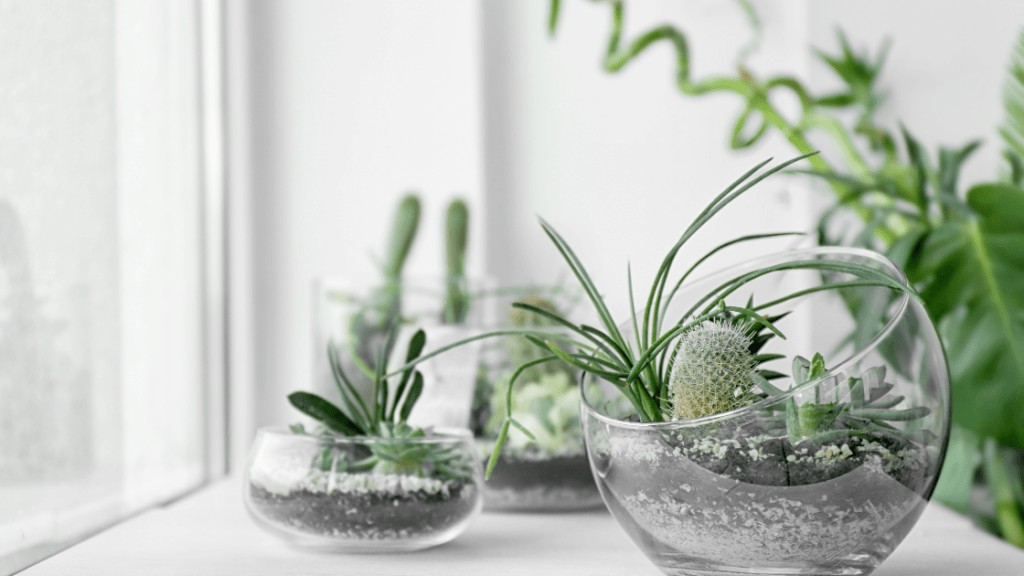
Generally speaking, natural sunlight doesn’t contain any wavelengths essential to plants, which an artificial LED light can’t provide. Plants photosynthesize by using light in the visible spectrum and all white LED lights recreate this spectrum very well.
However, sunlight does have one significant difference – it contains a lot of infrared radiation. As much as 50% of the light of the sun is in the infrared region and LED or fluorescent lights emit almost none. Infrared radiation isn’t utilized by plants but it provides a lot of heat – it’s responsible for the warmth you feel when you go out in the sun.
This is a very significant difference when it comes to closed terrariums, because a lot of the heat from sunlight can get trapped inside, raising the temperature to potentially dangerous levels.
When Should You Use Natural Light?
‘Natural light’ is a very broad term – there is a big difference between the direct sunlight filtered through a south-facing window and the diffuse light near a window through which the sun doesn’t shine directly.
Any light intensity achievable with artificial LED or fluorescent lights can also be achieved by proper positioning of the terrarium near a bright enough window. When you start moving away from the windowsill, the light intensity quickly drops and placing your terrarium on a desk on the other side of the room will almost always lead to light deficiency.
This means that natural light is suitable only if you want to keep your terrarium near a window.
When Should You Use Artificial Light?
Artificial lights should be used if you don’t want to place your terrarium near a window. They also give you a lot of freedom and control over the daylight cycle.
Most flowering plants require at least 12 hours of daylight before they will start blooming. If you want to keep the plants in your terrarium blooming all throughout the year, this can be difficult to achieve in the winter with only natural lighting – the daylight length won’t be enough and many plants will start going into winter dormancy.
Small terrariums only require very low-power LED lights that don’t consume a significant amount of electricity – a 1 x 1 ft. terrarium area can be sufficiently illuminated by a cheap 10w LED light and many terrariums are even smaller than that.
Direct vs. Indirect Sunlight
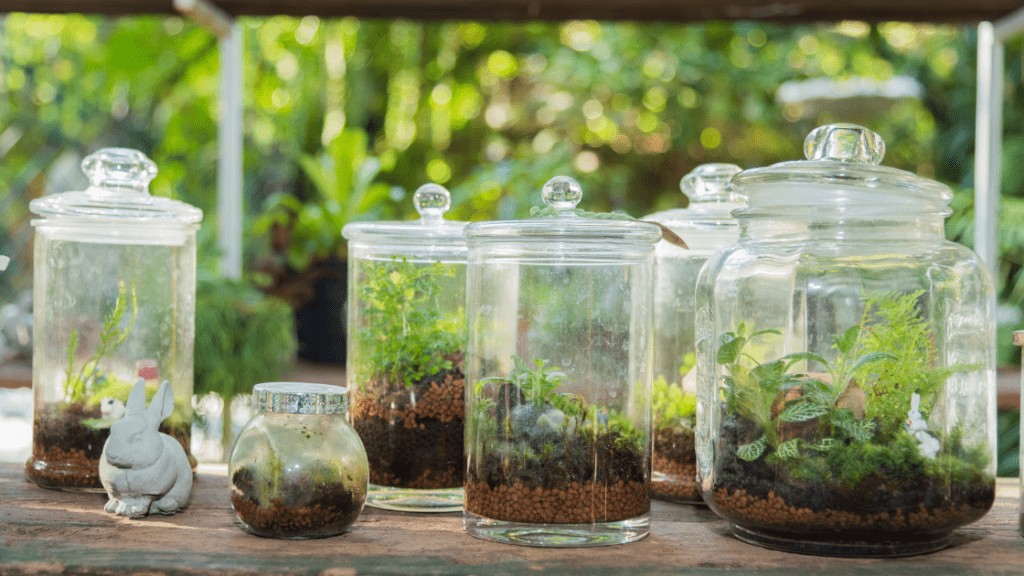
If you have an open terrarium with succulents or other plants that don’t require frequent watering, placing it in direct sunlight isn’t usually a problem – the heat can be well dissipated by the open structure of the terrarium.
Closed terrariums however, will require some sort of a diffusion barrier to prevent the temperatures inside from rising too much. A thin curtain is usually all that’s required. If the positioning of your closed terrarium allows direct sunlight to fall on it for only a short period of time – 1 to 2 hours a day, this will also not usually be a problem. However, it can still create a lot of condensation on the walls of the container.
Do Open and Closed Terrariums Have Different Light Requirements?
There is no difference between the light intensity required by plants in an open or a closed terrarium. However, as we already mentioned, sunlight contains a lot of infrared radiation which can quickly warm up closed terrariums.
If you have a south-facing window, you should avoid placing a closed terrarium in the direct sunlight that shines through it. Doing so can raise the temperature inside the terrarium by as much as 30 degrees F, which can lead to problems even if the ambient temperatures in your room are on the colder side.
Placing closed terrariums in direct sunlight will also result in a lot of condensation forming, which not only doesn’t look good, but can also create wet spots on the substrate near the walls of the terrarium, leading to rotting problems.
What Problems Can Be Caused By Too High Light Intensities?
Even though light intensities of around 40,000 lux are optimum for most plants (the light intensity of direct sunlight being around 100,000 lux), we don’t really want to achieve the fastest growth possible in a terrarium – we usually just want the plants to survive and flower, while keeping their bright leaf colors.
For those purposes, a light intensity of around 7,000 to 12,000 lux is optimal. It can be difficult to harm plants with too much light, but we want to avoid overheating. Overheating is usually a problem only for closed terrariums and artificial LED or fluorescent lights produce only a small amount of heat.
How can you measure light intensity?
Light intensity can be measured with a smartphone that has a light intensity sensor and a special lux-meter app installed. A cheap, $15 lux meter can also be used for more accurate results.
However, the lux levels can be calculated surprisingly accurately by just the wattage of the light and the area which it illuminates. Almost all LED lights provide around 100 lumens of illumination for every watt they consume and the lux unit is simply lumens per square meter.
This means that a 10 watt LED light illuminating a 1 x 1 ft area will produce a light intensity of around 10,000 lux – perfect for most terrariums.
A Lux is simply a unit of light measured by the naked eye, or tool. So basically the higher the Lux value the more light a plant receives. To read more about Lux values and how light affects plants, click here. Plantmaid.com/how-much-light-do-my-indoor-plants-needs/
| 200 – 300 Lux Range | To Little Light |
| 1000 – 3000 Lux Range | Medium Light |
| 20,000 – 40,000 Lux Range | Optimal Growing |
What Is The Absolute Minimum Amount Of Light Required For Terrarium Plants?
Many plants will be able to survive at light intensities down to around 500-1000 lux – this is an easily achievable intensity and placing your terrarium even a few feet away from the window will still provide at least that much.
Since plants won’t really grow at those light intensities – you will barely see new growth and you can practically forget about flowering. Colorful plants with red or pink leaves will tend to lose all of their attractive features at such low light intensities and succulents will start to become very pale.
Plants in open terrariums may even start wilting, because they don’t have enough energy to transport water to their foliage. As we mentioned, for small terrariums, even a very low-power LED light can eliminate all of those problems.
How Lightning Affects The Water Cycle In A Terrarium
In a closed terrarium, light sources can initiate a natural, self-sustaining water cycle – the foliage of the plants and the surface of the substrate will always absorb more light than the transparent walls of the terrarium, leading to condensation forming on the walls.
Eventually, this condensation falls back onto the substrate, mimicking the effect of the rain in nature. This is an interesting t phenomenon and can turn the terrarium into an educational tool, illustrating the principles of the natural water cycle. However, it can also create some problems with wet spots on the sides of the container.
Using a substrate that can efficiently soak up and transport that water toward the middle of the terrarium will largely solve that issue. This is part of the reason why large percentages of coco coir are often added to the substrate of closed terrariums.
Final Thoughts
The light source is the most crucial element of a plant terrarium. Ambient room lighting is almost never enough, which is why terrariums have to either be placed near a window, or provided with an artificial light. Without sufficient light, the plants in a terrarium will start to lose their bright colors, won’t grow and will not flower.
Fortunately, most terrariums are small and require very low-power lights. Closed terrariums can ‘trap’ a lot of the infrared energy contained in direct sunlight, often leading to overheating issues.
The problem can be avoided by using artificial lighting instead, or by providing some form of a diffusion barrier – like a thin window curtain for example.
Open terrariums can be treated just like potted plants and don’t usually have problems being placed in direct sunlight. However, by using artificial lights, you have the freedom to place them anywhere and can easily provide flowering plants with long enough days to initiate blooming.


